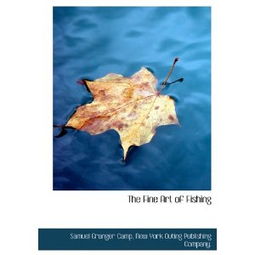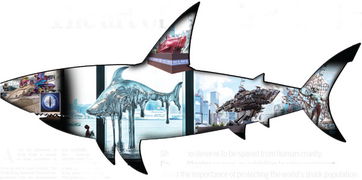Introduction:
Fishing, an age-old pastime, has always been revered for its tranquility and the thrill of the catch. Whether you are a seasoned angler or a beginner, mastering the art of fishing involves understanding the nuances of handling your fishing line. This article delves into the essential techniques of how to effectively pull and manipulate your line, complete with a detailed diagram to guide you through the process.
Understanding the Basics:
Before we dive into the specifics of how to pull and manipulate your fishing line, it's crucial to understand the basic components of your fishing setup. These include:
- Fishing Rod: The tool that helps you cast and retrieve your line.
- Reel: The device that holds your fishing line and allows you to adjust the tension.
- Line: The main component that connects the rod to the lure or bait.
- Leader: A shorter, lighter line that connects the main line to the lure, often used to protect the main line from abrasion and to present the bait more naturally.
Step-by-Step Guide to Pulling and Manipulating Your Line:
Casting the Line:
- Hold the Rod: Grip the fishing rod with a comfortable, but firm grip. Your thumb should be on the reel seat, and your index and middle fingers should be on the rod handle.
- Position the Lure: Ensure that your lure is properly attached to the line and that it is weighted correctly for casting.
- Casting Motion: Begin with a backcast, where you sweep the rod back over your shoulder. As you reach the end of your backcast, accelerate your forward motion with a smooth, continuous motion, allowing the line to fly out and land in the water.
- Reeling In: Once the lure has reached its desired distance, reel in the excess line to prepare for the next cast.
Tugging the Line:
- Identifying Bites: When a fish takes your bait, it will tug at the line. Learn to recognize the subtle signs of a bite, such as a sudden pull or a change in the line's tension.
- Reeling In: When you feel a bite, begin reeling in slowly but steadily. The goal is to bring the fish closer to the boat or shore without allowing it to escape or break the line.
- Handling the Line: As you reel in, keep your rod tip slightly upwards to prevent the line from getting tangled. If the fish makes a strong run, let out some line to give it some room, but always maintain tension.
Using the Drag:
- Adjusting the Drag: The drag on your reel allows you to control the tension on the line. Adjust the drag to suit the type of fish you are targeting and the strength of the current.
- Activating the Drag: If a fish makes a strong run, activate the drag by turning the drag knob clockwise. This will allow the line to slip through the reel's spool at a controlled rate, preventing the line from snapping under pressure.
Landing the Fish:
- Approaching the Fish: Once the fish is close enough, approach it carefully. Keep your rod tip low and steady to prevent the fish from jumping or thrashing.
- Reeling In: Continue reeling in slowly and steadily until the fish is close enough to be landed.
- Landing the Fish: Use a net to gently scoop the fish out of the water. Be mindful of the fish's gills and avoid unnecessary stress.
Diagram:
[Insert a detailed diagram here, illustrating the following elements:
- The fishing rod and reel setup.
- The position of the hand grip on the rod.
- The direction of the cast.
- The movement of the line during casting and reeling in.
- The adjustment of the drag on the reel.]
Conclusion:
Mastering the art of fishing, particularly the技巧 of pulling and manipulating your line, is a skill that takes time and practice to develop. By understanding the basics and following the step-by-step guide provided in this article, you'll be well on your way to becoming a more proficient angler. Remember, patience and practice are key, and with each successful catch, your skills will only improve. Happy fishing!












